I have a web API, where I'm trying to support a PATCH request with a JSON Patch body to make changes to an object on the server.
I am using ASP Core with .Net 6, hosting using IIS on my web host.
This is the controller method:
public class BaseDataController<TEntity, TDetail, TNew> : ControllerBase
where TEntity : class, IIdentifiable
{
[HttpPatch("{id}")]
public virtual async Task<ActionResult<TDetail>> Patch(Guid id, [FromBody] JsonPatchDocument<TEntity> patch)
{
var item = await MainService.GetAsync(id);
if (item == null)
{
ControllerLogger.ItemNotFound();
return NotFound();
}
patch.ApplyTo(item, ModelState);
ValidationHelper.ValidatePatch(item, ModelState);
if (!ModelState.IsValid)
return BadRequest(ModelState);
await MainService.UpdateAsync(item);
return this.GuardResult(Mapper, item);
}
}
When I try to use this on my local machine, it works just fine. When I deploy to my web server, and make an identical request, I get a validation error and a 400 status code:
{"errors":{"":["A non-empty request body is required."],"patch":["The patch field is required."]}}
If I change HttpPatch to HttpPost and update the web request accordingly, it works fine.
Can anyone suggest what might be going wrong here? I'm assuming the server is baulking at the PATCH verb, but I can't work out how to make it happy. Googling is coming up with a load of WebDAV things, but the error codes don't match and ASP is clearly receiving the request (proven from the logs) when the description of the WebDAV issues suggests it wouldn't.
My working theory is that IIS is seeing the PATCH verb and doing something to the request body that ASP Core doesn't like, but I can't work out why or where to look to turn that sort of thing off.




